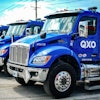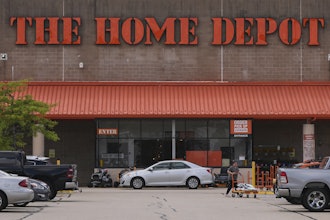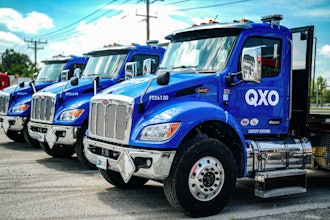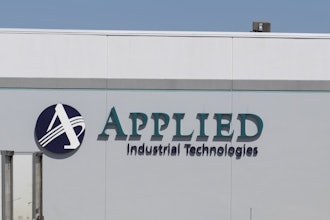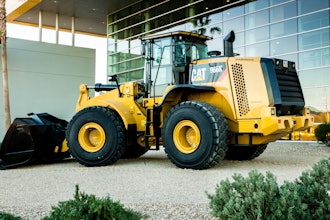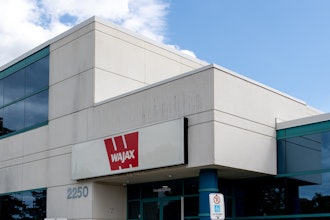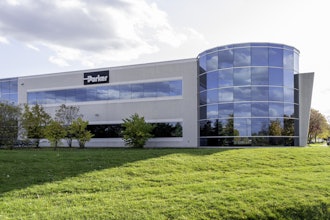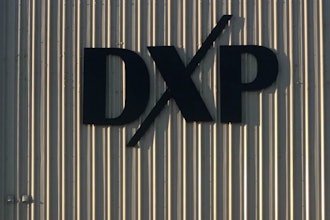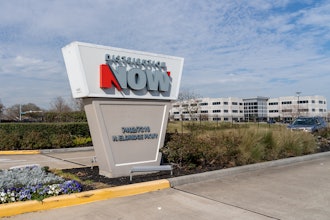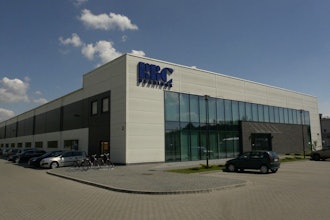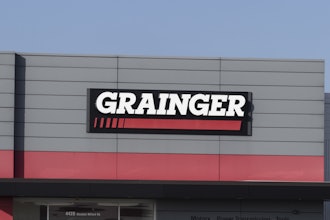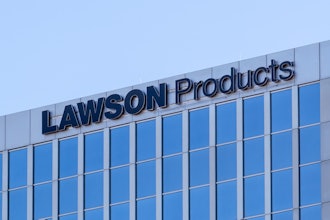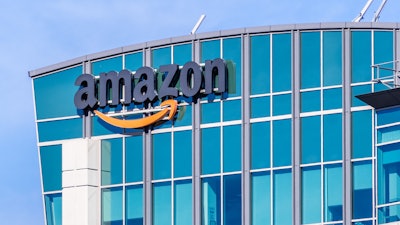
NEW YORK (AP) — Amazon isn't just grappling with the easing of pandemic-induced shopping splurges. The online retail behemoth is also contending with surging costs as it navigates a snarled supply chain and labor shortages.
Those challenges resulted in Amazon reporting a shortfall Thursday in third-quarter profits and sales. It also led the Seattle-based company to deliver a holiday sales forecast that was below Wall Street expectations.
The issues are the latest twist that Amazon has had to confront since the beginning of the pandemic in the spring of 2020. Amazon was one of the few retailers that has prospered during the COVID-19 outbreak: As physical stores selling non-essential goods temporarily or permanently closed, homebound people turned to Amazon for everything from groceries to cleaning supplies.
The company reported a profit of $6.2 billion, or $6.12 per share, for the three-month period ended Sept. 30. That compared with a profit of $6.3 billion, or $12.37 per share, a share, during the year-ago period. Revenue rose 15% to $110.8 billion, the company's fourth consecutive quarter of revenue topping $100 billion.
Analysts surveyed by FactSet, however, on average expected $111.55 billion in quarterly revenue and per-share earnings of $8.90.
Amazon said that its sales for the fourth quarter should be between $130 billion and $140 billion, a growth of between 4% and 12% compared with fourth quarter 2020. Analysts polled by FactSet had been expecting $142.17 billion.
Amazon's stock was down about 4% in after-hours trading.
During the third quarter, Amazon incurred nearly $1 billion of extra costs tied to wage increase and incentives. It said its average starting wage is now more than $18 with an additional $3 per hour depending on shifts in different locations and signing bonuses that can be up to $3,000.
In addition, it saw inflationary pressures in raw materials and services such as steel and third-party trucking. Amazon ran into another $1 billion of costs tied to lost productivity and disruption in its operations.
“We’ve always said that when confronted with the choice between optimizing for short-term profits versus what’s best for customers over the long term, we will choose the latter — and you can see that during every phase of this pandemic,” said Andy Jassy in a statement, looking back at his first full quarter as CEO.
Jassy succeeded founder Jeff Bezos in that role in July. Bezos is now executive chairman.
A labor shortage also led to products being redirected to fulfillment centers that had sufficient staff to receive the products. That resulted in longer and more expensive routes. For the fourth quarter, the company said it expects to incur another $4 billion in costs.
“Labor became our primary capacity constraint, not storage space or fulfillment capacity," Brian Olsavsky, Amazon's chief financial officer, told analysts in a conference call on Thursday.
Amazon is on a hiring binge. It increased its global head count by 628,000 employees in the past 18 months and it’s looking to hire more. It announced in September it wants to hire 125,000 delivery and warehouse workers. That’s in addition to the 150,000 seasonal workers it plans to bring on this season.
On Monday the National Labor Relations Board said there was sufficient interest to form a union at an Amazon distribution center in New York, after labor organizers delivered hundreds of signatures to the agency — a key step in authorizing a vote that could establish the first union at the nation’s largest online retailer.
It is the second unionizing attempt in the past year at Amazon. Workers in Alabama resoundingly defeated an effort earlier this year, but organizers there are asking federal officials for a do-over.
Meanwhile, sales at Amazon's cloud-computing business, which helps power the online operations of Netflix, McDonald’s and other companies, grew 39% in the quarter. And at its unit that includes its advertising business, where brands pay to get their products to show up first when shoppers search on the site, sales rose 49%.



